TruthEar IEMs: The Threat From Below $100
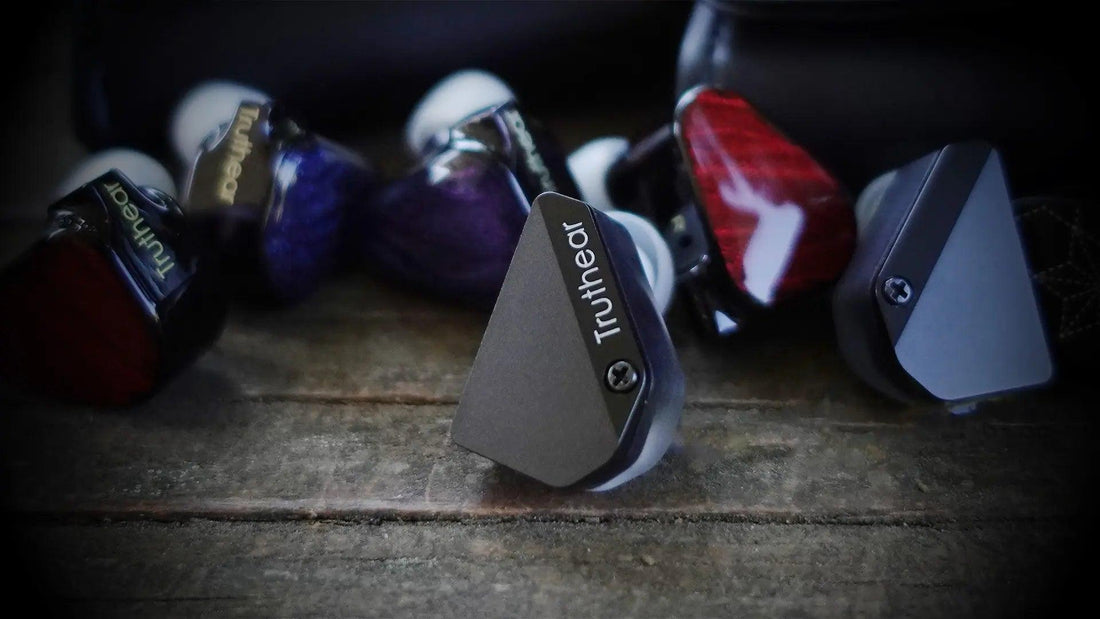
Introduction
TruthEar is a newer name on the IEM scene, but they made quite the splash with their first release, the Zero. The Zero took the scene by a storm for a few reasons: a collaboration with infamous IEM reviewer Crinacle, an underrated 2DD driver configuration, and tuning in compliance with the Harman target.
And the company hasn’t stopped there. Hot on the heels of D-Day (excuse the bad driver puns), they’ve released several more IEMs: the Hola, the Hexa, and most recently the Zero: RED. Each IEM has been met with a reception that most rookie companies only dream about.
It’s not difficult to see why. Little is known about the company’s origins other than rumors of one, or more, of their engineers originating from Chi-Fi industry giant, Moondrop. In any event, it’s clear the company is following a similar formula: anime-based marketing, emphasis on target curves, and economical price points.
Of course, this inevitably begs the question: how do their products perform, and is TruthEar doing enough to differentiate themselves? Let’s take a closer listen to their lineup.
Units were provided for review by Shenzhen Audio. As always, what follows are my honest thoughts and opinions to the best of my ability.
Source & Drivability
All critical listening was done off of an iBasso DX300 and iPhone 13 Mini with the stock accessories. I used the stock silicone ear tips. Silicone ear tips are generally optimal unless isolation is a consideration. They don’t require as much maintenance, they don’t attenuate high frequencies, and they will last much longer. If you'd like to learn more about my listening methodology, test tracks, and general beliefs in audio, then I would encourage you to check out this page.
Accessories and Build Quality
The TruthEar lineup is pretty standardized in terms of accessories, even more than their waifus. Ostensibly, this helps to keep costs down, as accessories can be produced in greater bulk and mix-and-matched between sets. Here’s what you’ll be getting with each IEM (note that the Hola includes a slightly different case):
- Pseudo leather case
- 2-pin 0.78mm cable
- S/M/L silicone tips (wide bore and narrow bore)
- M foam tips
The case that comes with these IEMs sports an origami-style fold and two snap-button enclosures. There’s no real structure to the case, so it’s easily pocketable even if it won’t afford much crush-protection. The cable is not my favorite cable as it tangles quite easily and doesn’t behave very well, but it gets the job done.

The Lineup
All measurements were performed off of a clone IEC-711 coupler. There is usually a resonance peak at 8kHz, so measurements after this point should not be considered entirely accurate. If you would like to compare these IEMs to hundreds of others I have measured, then please see here.
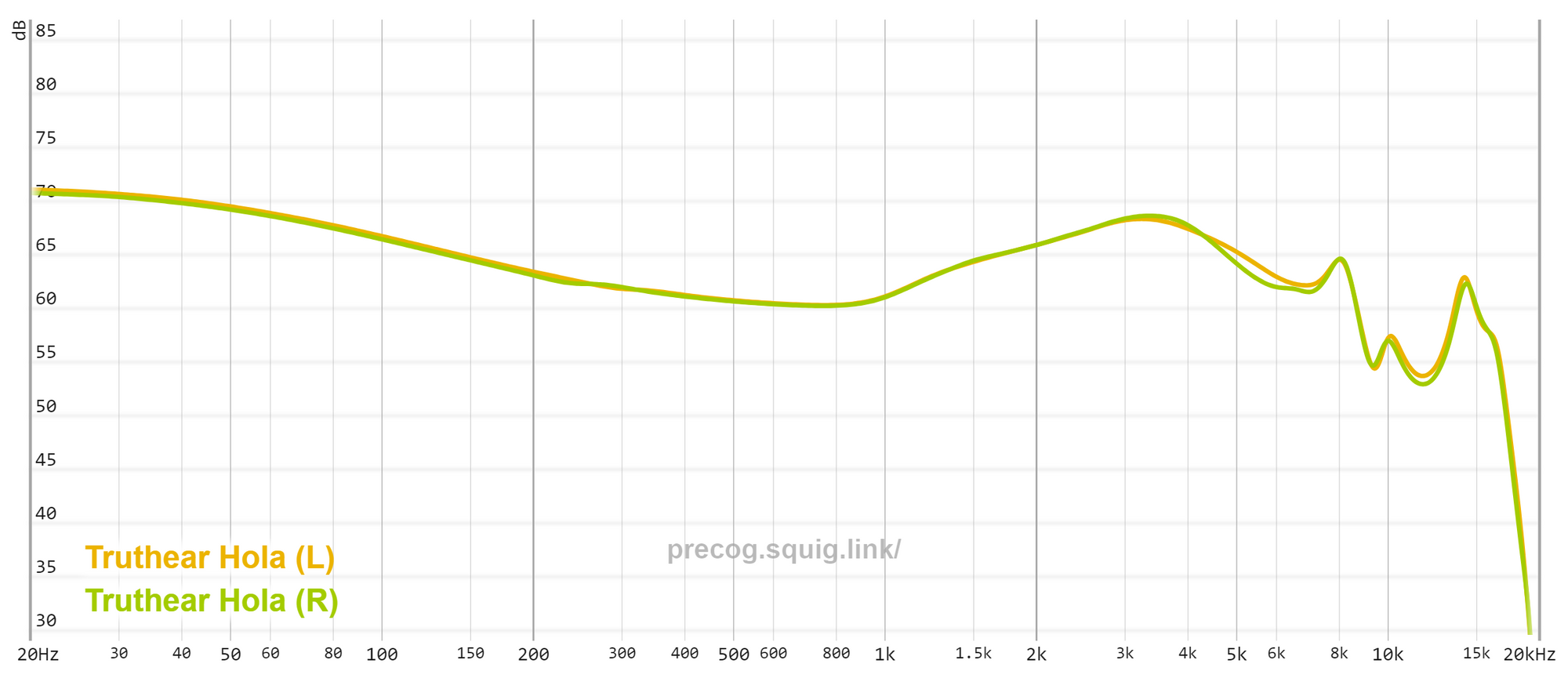
For an entry-level IEM, I find the Hola does a lot of things right. Compared to the other IEMs in the TruthEar lineup minus the RED, the Hola sounds a lot more down-to-earth and true to its DD roots. In this vein, many listeners have a preference for DD IEMs for associated qualities like more natural timbre and stronger dynamics. The former is true in this case at least. The Hola is a smooth listen with scarcely a peak even in the treble response, while a generous bass boost keeps things from sounding entirely boring. Sure, it’s a pretty blunted and soft listen overall, but the tonality here is hard to knock.
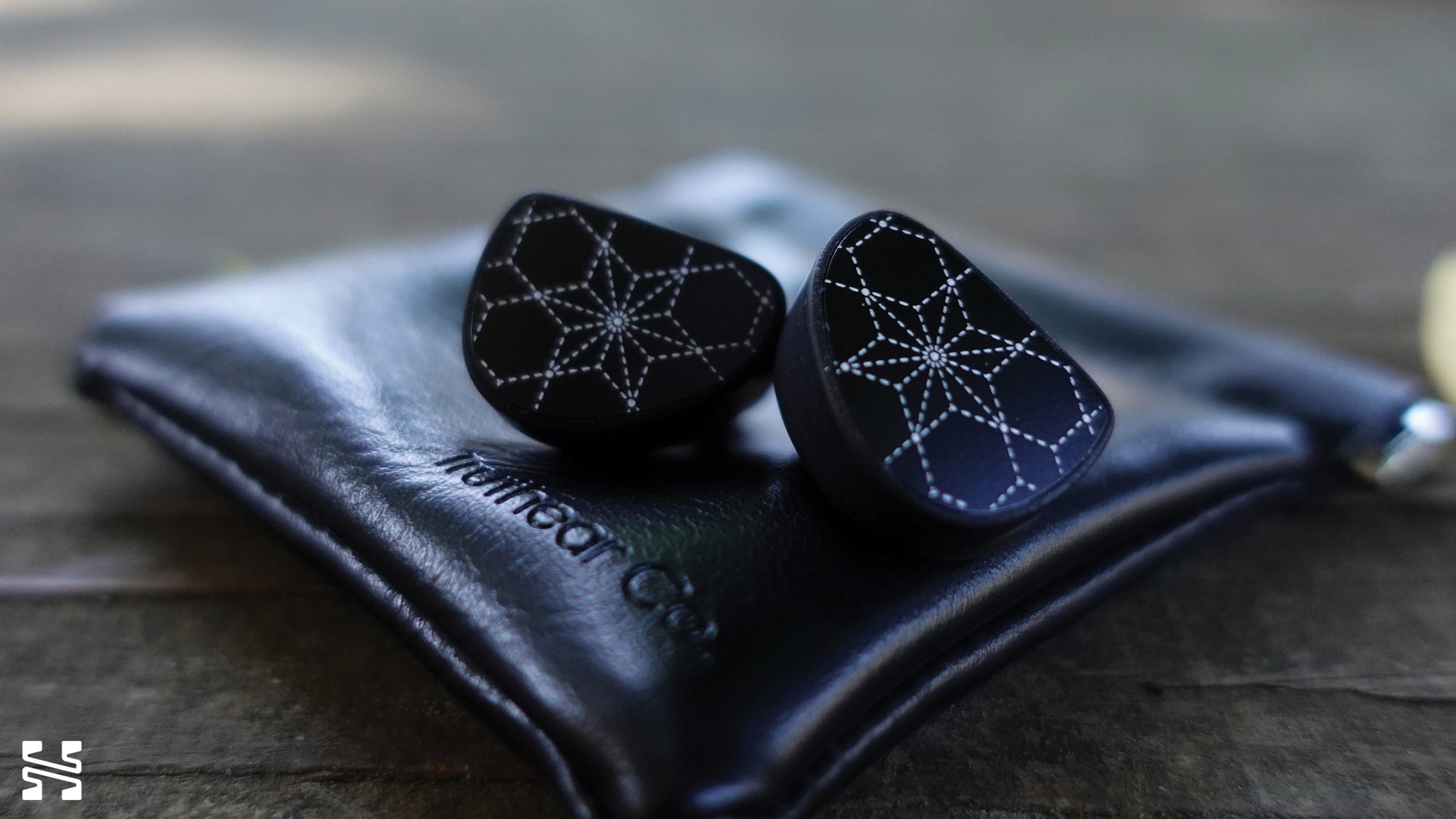
I always have to ask myself whether a product brings something to the table that isn’t readily available at a given price point. And in this case, I think the answer is yes, the Hola is a strong contender for listeners on a budget who want something along the lines of ‘balanced’ and ‘reserved’.
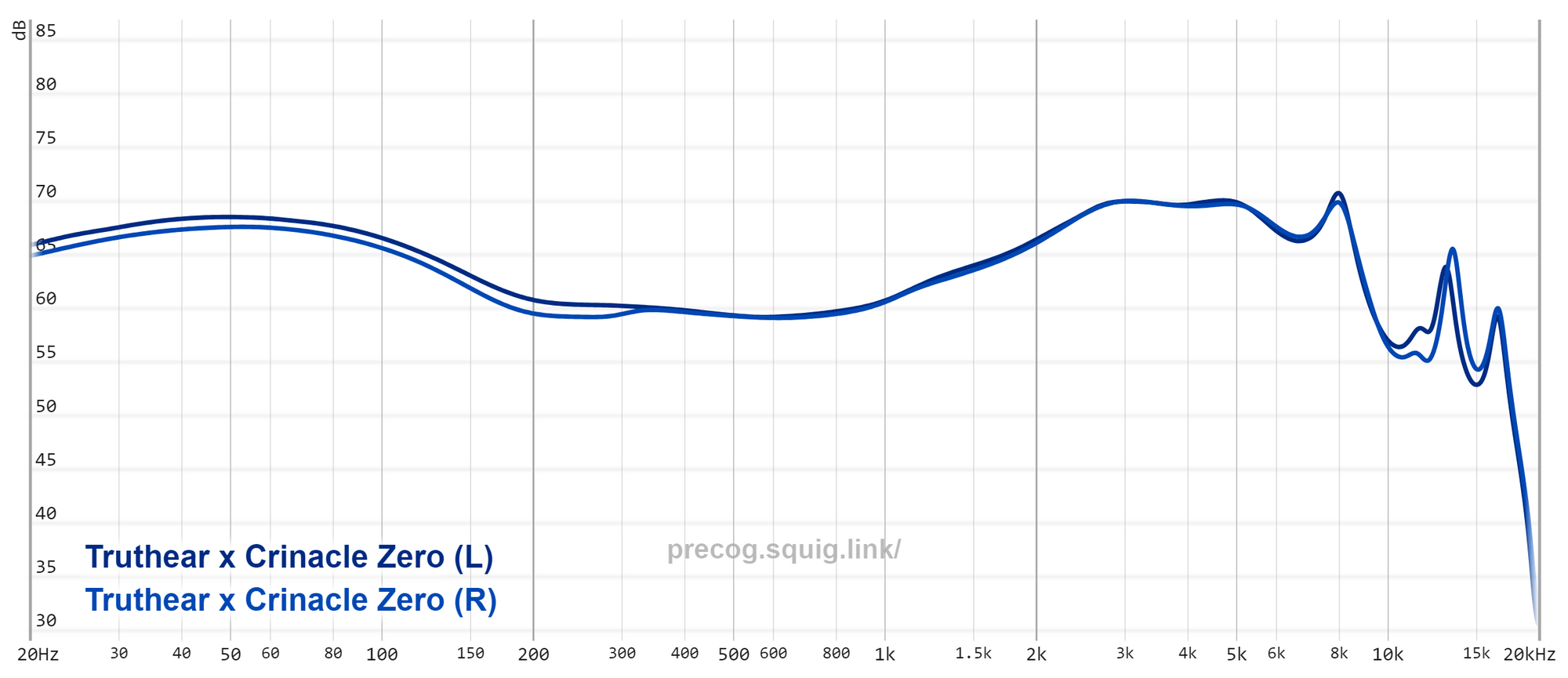
My thoughts on this IEM haven’t changed too much. The Zero is an objectivist’s dream on paper; it has excellent compliance with the Harman target and it has very little distortion due to using solely dynamic drivers. You should also consider buying it if 1) you like the idea of having an IEM with a popular target as a baseline, or 2) you simply enjoy juicy sub-bass. But if you’re someone like me, then you’ll probably have a few issues with how it sounds. The whole problem with the Zero is more or less a problem with the Harman target. It sounds quite shouty, and the lack of treble extension exacerbates timbral issues that give female vocals a raspy, throaty characteristic. I do like the bass response for the most part, though, so I won’t take away from that.
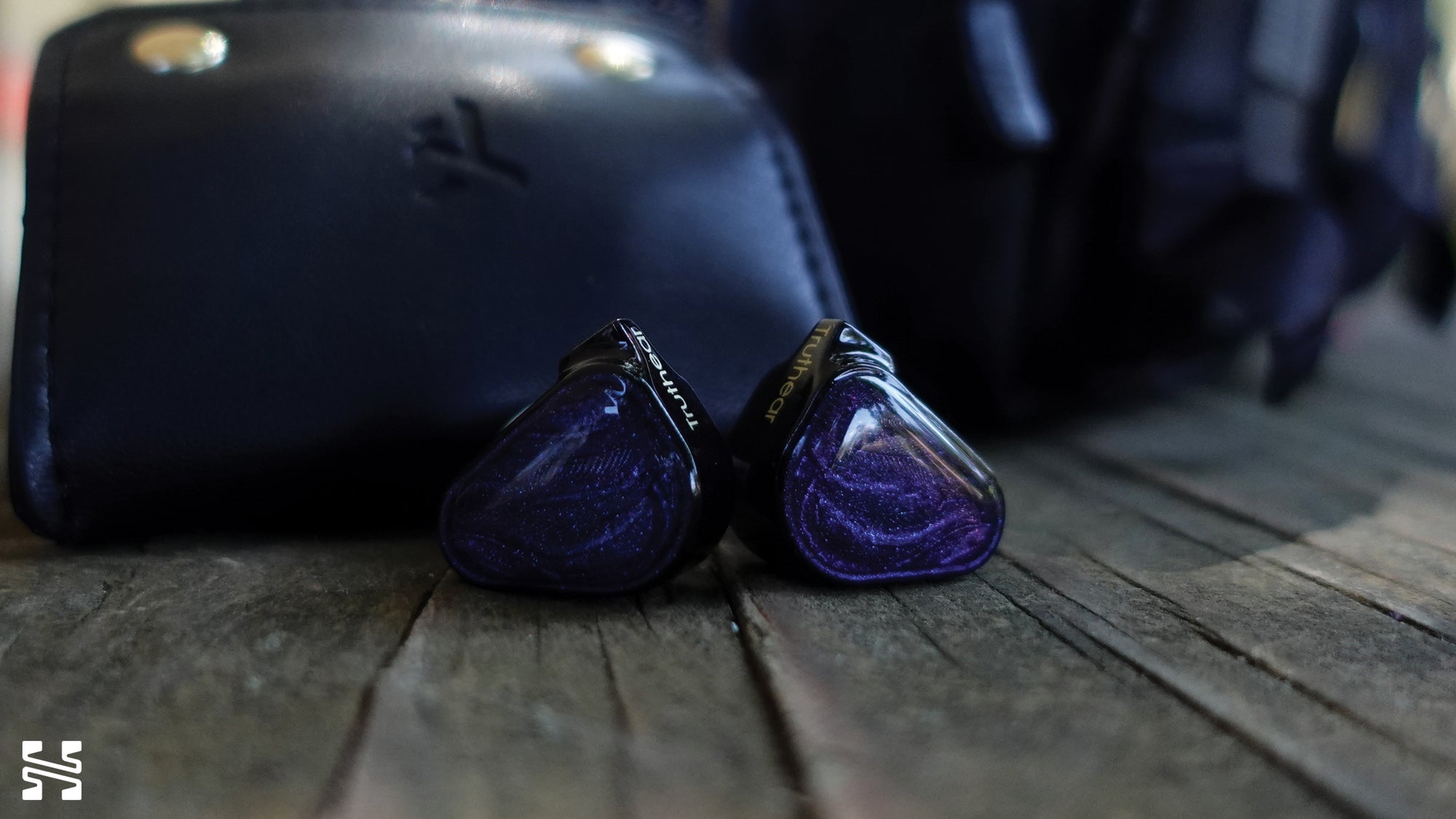
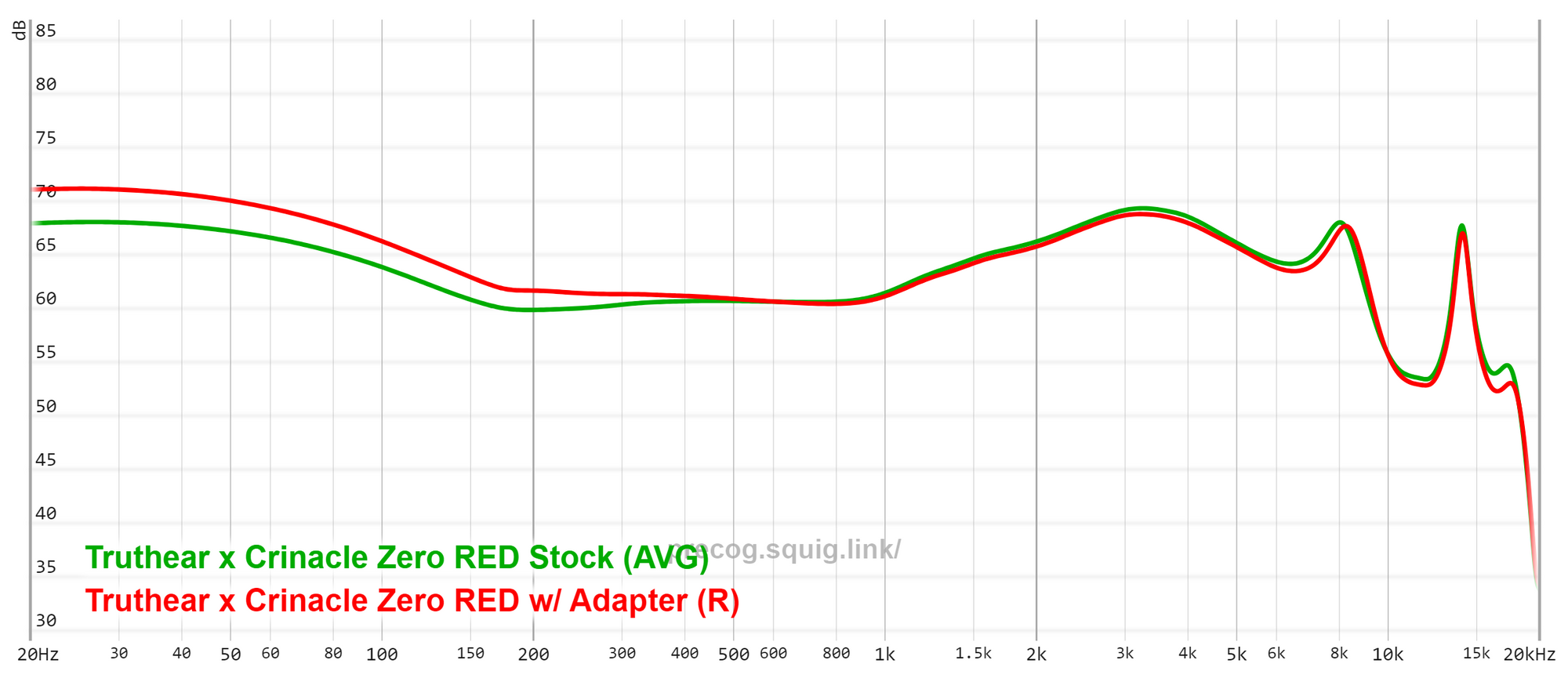
The RED is an interesting case study that juxtaposes Crinacle’s idea of neutral with the Harman target. Compared to the standard version, the RED walks back the issues I pointed out with the standard Zero - namely the aggressive upper-midrange. In general, the RED is a lot easier on the ears; this will be a boon to those who listen to harsher music (like myself) or like to listen louder (not like myself). Simultaneously, though, you’ll find that the RED doesn’t quite have the standard Zero’s special sauce when it comes to the bass. You’ll need to use the included impedance adapter to give it that sense of ‘oomph’ in the bass response. Overall, the tuning of the RED should be considered some of the best you’ll find under $100, but you’ll need to decide whether its lackluster technical performance justifies it over some other sets.
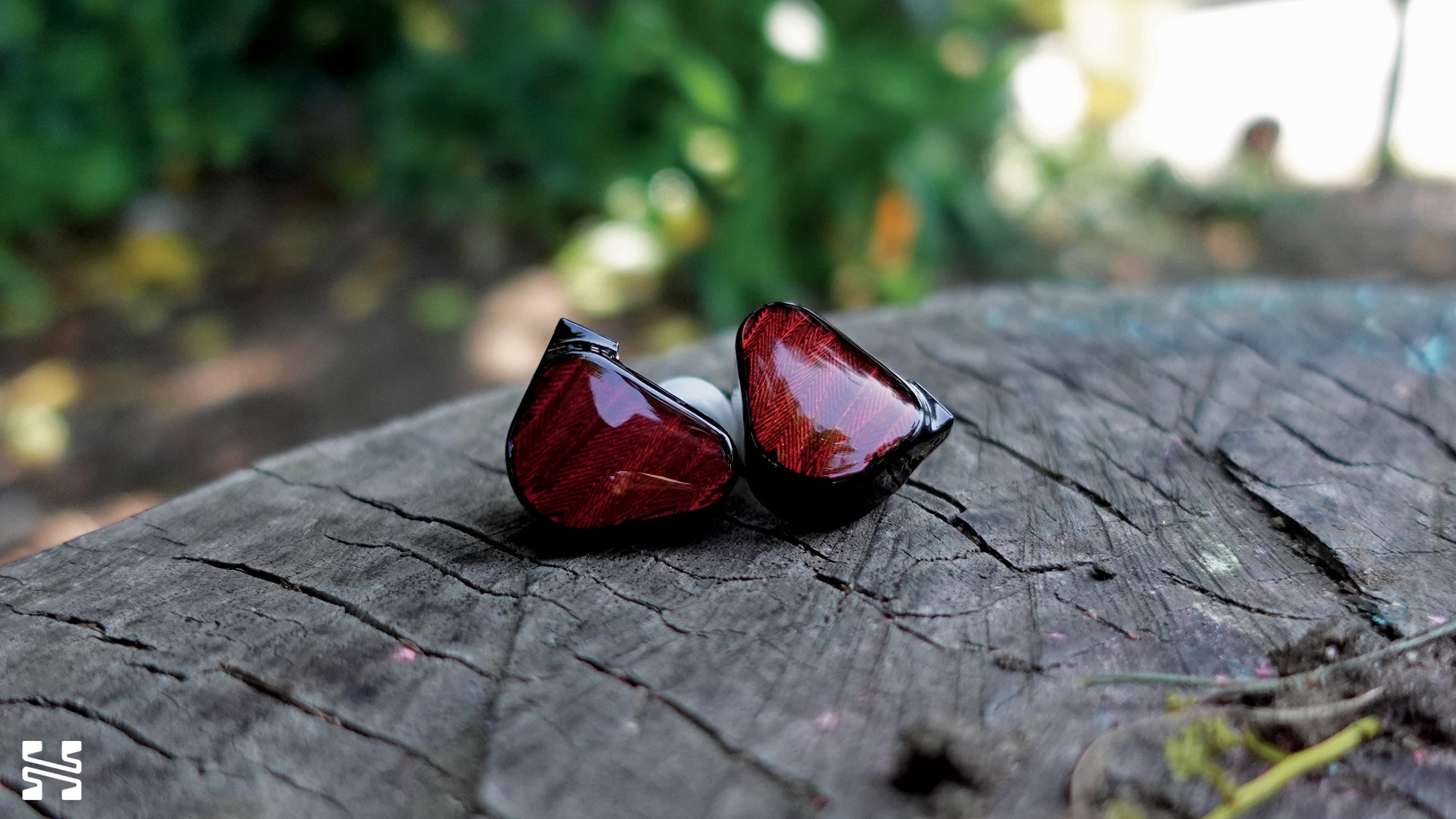

The Hexa was released to a lot of fanfare because of its similarities (on paper) to the Moondrop Blessing 2, an IEM many consider the de facto $300 benchmark. The main difference was clocking in at a quarter of the price. As for whether the Hexa compares to the Blessing 2 in practice, I’d say…"somewhat."
Don't get me wrong, the general tuning profile is there. The Hexa is quite easy on the ears, and I wouldn’t bat an eye at most listeners enjoying it. But the Hexa’s minor differences in tuning compared to the Blessing 2 hit it hard in the technical department. The extra dash of bass and more reserved upper-midrange reduce a lot of transient definition, and it sounds pretty smoothed over to me. A more concerning issue is that odd timbre, sounding neither outright inoffensive nor quite correct.
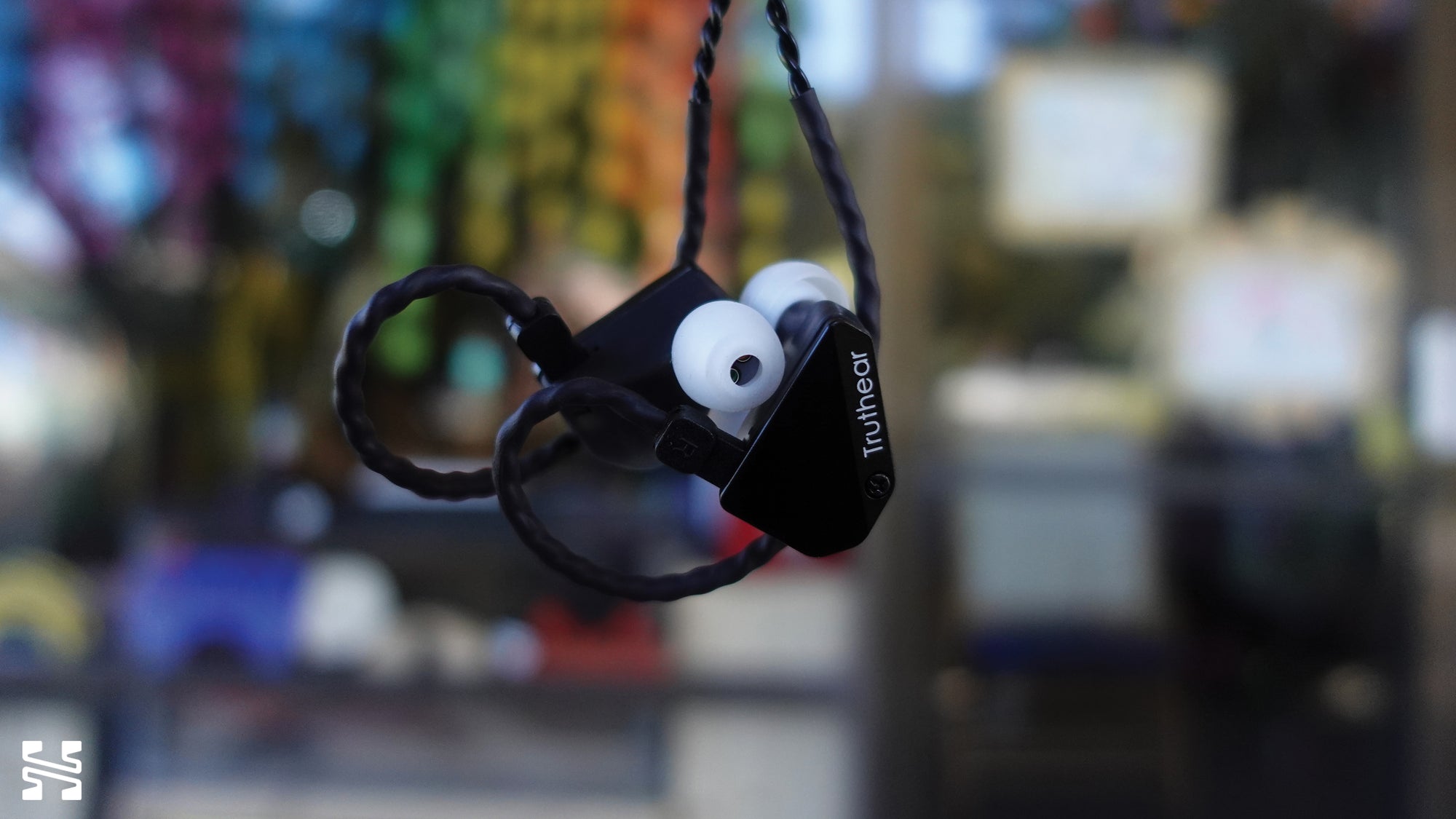
Technical Performance
This is a good segue into the idea of technical performance, or qualities like ‘dynamics’, ‘resolution’, and ‘imaging’. The simplest way of putting this is that all these IEMs sound about what they cost for these qualities. In fact, I would more or less put them all at around the same level (that is to say ‘average’) for their overall technical performance.
As for what could be responsible for this, I would mainly point to the idea of technical characteristics mostly stemming from treble response. The TruthEar lineup unanimously lacks treble extension past 10kHz. Adequate energy in these regions is necessary to simulate what we hear in real-life (assuming a listener has good hearing). In any event, this noticeably gives the TruthEar IEMs a smeared characteristic to the decay of transients and, in the case of the Zero, egregiously poor timbre.
Now, this is not to say that IEMs cannot have good treble extension and still exhibit undesirable technical qualities. There are plenty of examples of this like the CCA CRA+ (metallic timbre) and the SeeAudio Yume Midnight (poor detail). The takeaway is that tuning treble is a fine balancing act. It requires not only exercising a lot of granularity over the treble itself, but also considering how it interacts with other parts of the frequency response.
The Bottom Line
Which IEMs should you purchase out of the TruthEar lineup? My go-to pick would be the Hola. The Hola should be a no-brainer if you’re someone who wants a more relaxed sound compared to something like the 7Hz Zero and, for $20, it’s an excellent little IEM. My other choice out of the lineup would be the RED, which falls somewhere between the Hola and the 7Hz Zero on the scale of ‘balanced’ sound. It has the best tonality of the three, and the impedance adapter mode is a fun gimmick. You’ll need to decide for yourself whether that’s worth twice the price, though.
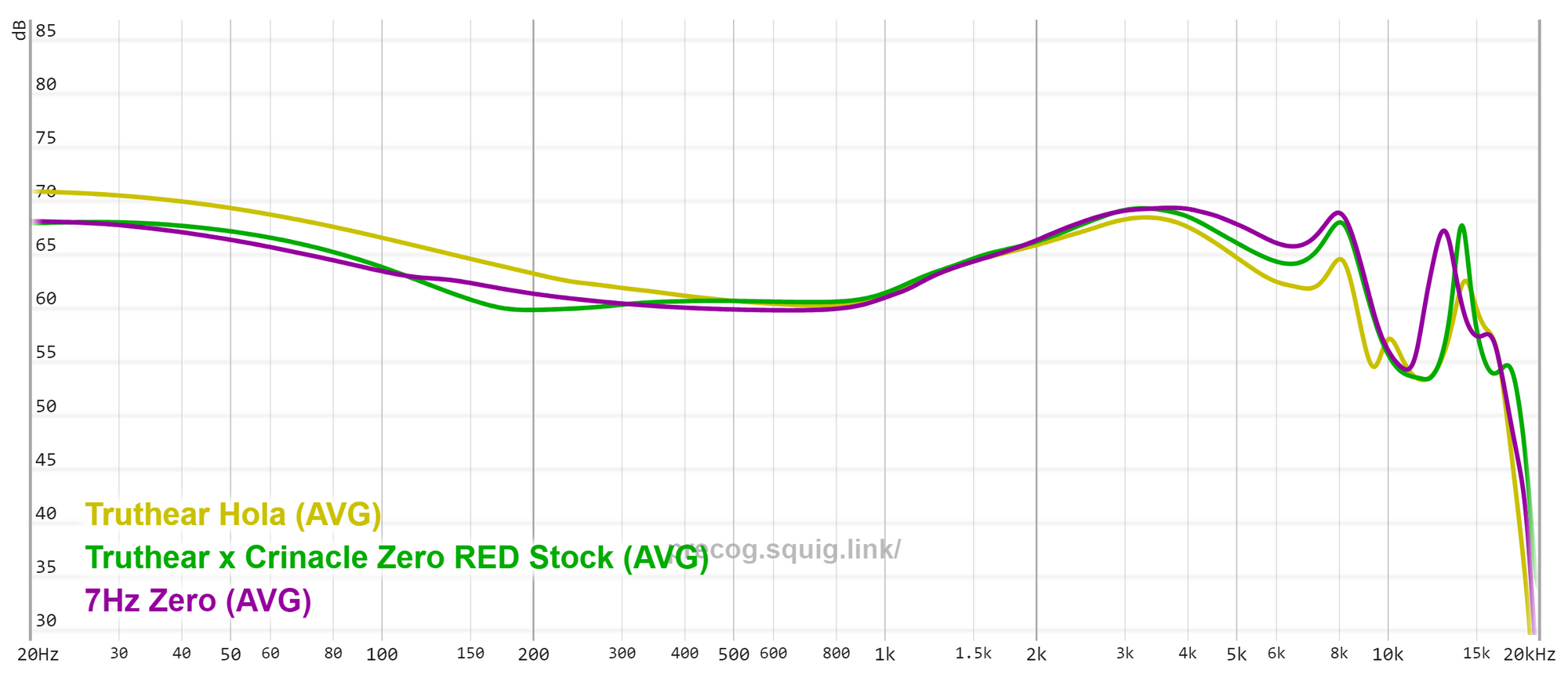
Like Moondrop, there’s a faint sense that TruthEar has painted themselves into a corner with similarly-tuned products that sell well. Why should they risk something new? Inevitably, the question I have to ask TruthEar and every other company on this bandwagon is: what will you do when it stops working? Only time will tell.
But, leaving aside my healthy skepticism about the brand’s future, finding two solid recommendations out of the current lineup is a pretty resounding win in my eyes for such a rookie company.
